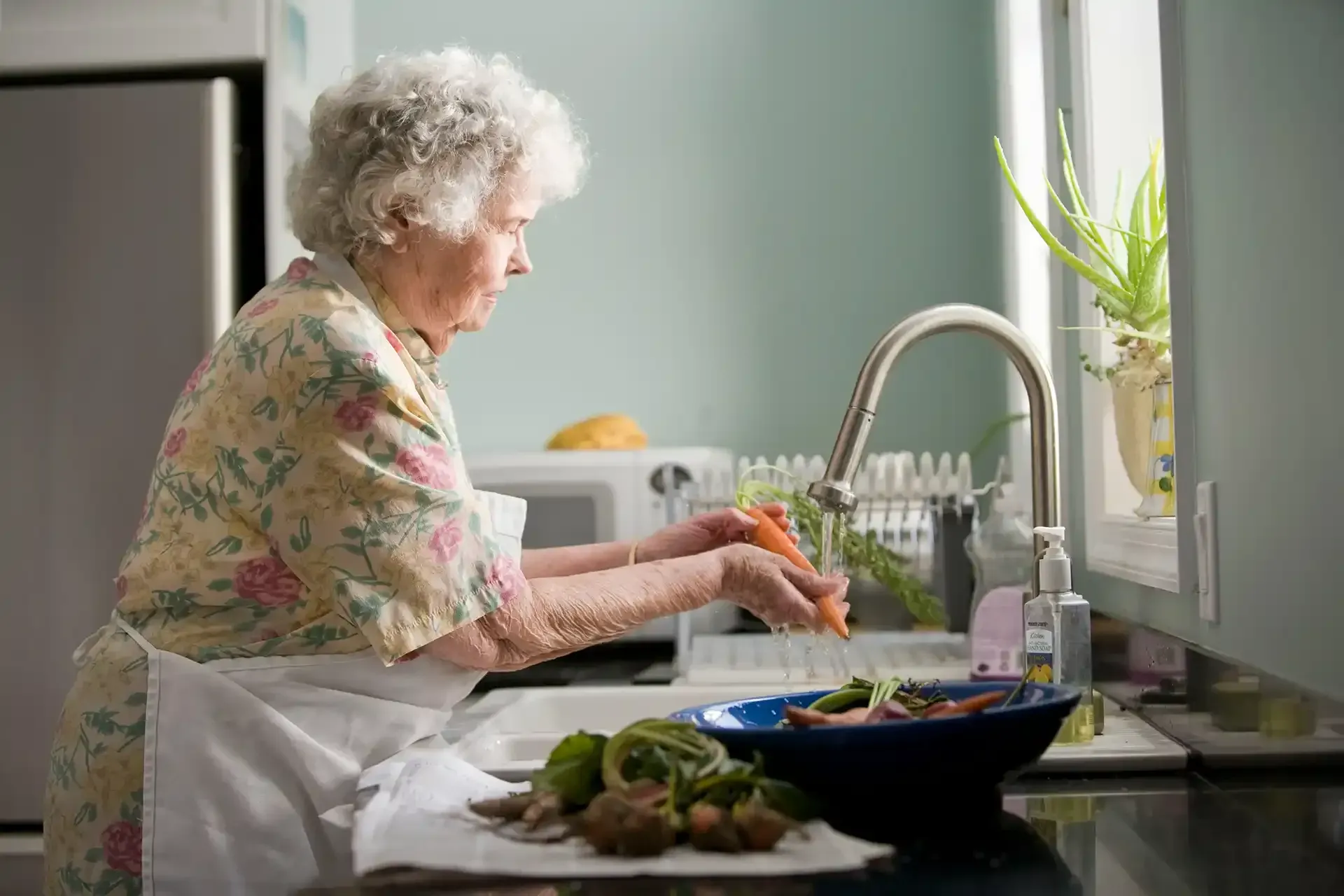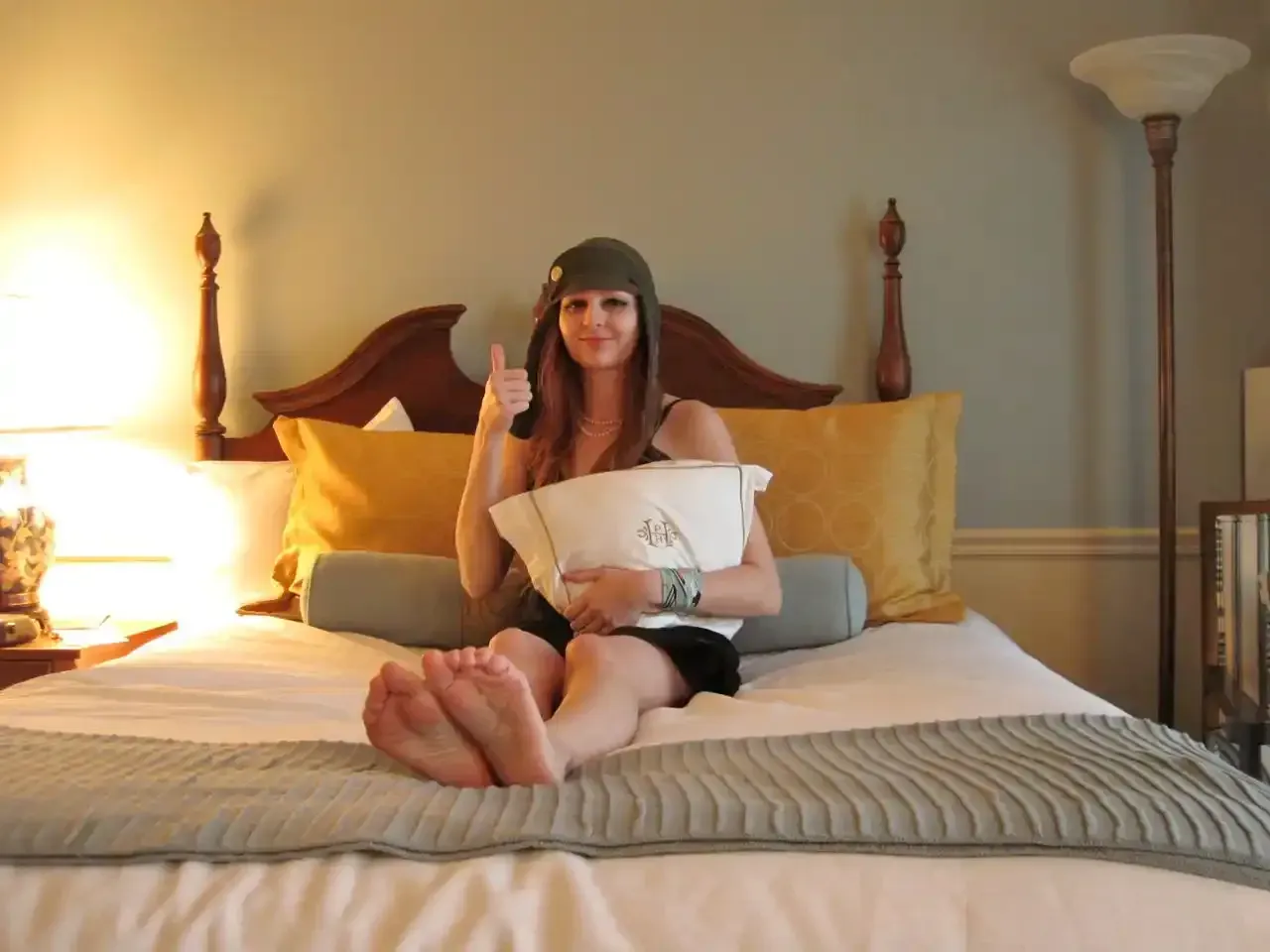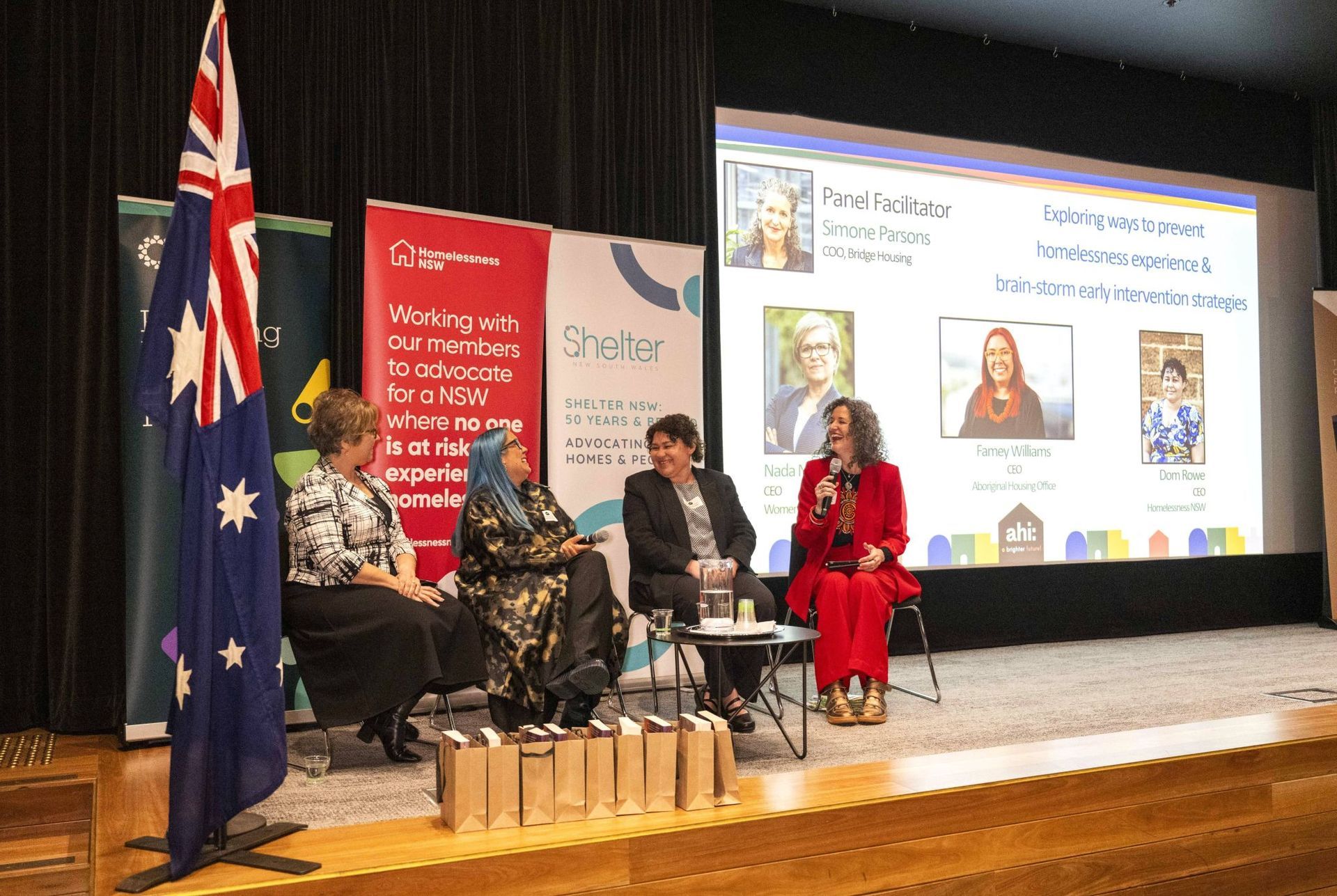"The Government’s own report has forecast demand for housing to outstrip supply in Australia until at least 2029."
In an attempt to boost housing supply, governments at all levels have committed billions of dollars to fund new housing, particularly in social and affordable housing. However, new housing supply has long lead times, which means any potential relief is years away. The Government’s own State of the Housing System report has forecast demand for housing to outstrip supply in Australia until at least 2029 – the limit of its forecast horizon) (National Housing Supply and Affordability Council, 2024). Relief from the housing crisis is not in sight.
This paper suggests a shift in the housing debate – from new supply to better utilisation of existing housing – by incentivising older homeowners to increase rental stock through renting out spare bedrooms. In doing so, this paper adopts a pragmatic, knowledge translation lens to rental income and suggests a reframing of existing taxation policy.
A changed understanding of rental income, together with minor changes to tax and social security settings is suggested to achieve immediate access to affordable housing and cost-of-living relief to vulnerable Australians. While suggested policy changes may be minimal, accompanying initiatives are needed to ensure success, including education on complex tax/social security settings; tenancy matching and management services; and supports for potential diminishing business acumen and mental capacity, and potential elder abuse.
UNDERUTILISED EXISTING HOUSING AND THE ROLE OF OLDER AUSTRALIANS
If new housing stock is years away, then shifting the focus to existing housing may provide some short-term solutions. As at the 2021 Census, 77% of private homes had at least one spare bedroom, with 3.09 million households (31.8%) having two spare bedrooms and 1.22 million households (12.5%) having three or more spare bedrooms (AHURI, 2022). This equates to 13 million unused bedrooms within the existing Australian housing stock (AHURI, 2022).
Table 1: Number of private swellings with spare bedrooms
The question becomes: Who are these homeowners and how can they be incentivised to utilise existing housing more efficiently?
Older Australians represent the highest proportion of homeowners, with over 80% of persons aged over 65 owning their own home (AIHW, 2023). Three-quarters of those homes contain three or more bedrooms, and 84% of these homes are under-utilised (Judd et al., 2010). Various policies to incentivise older people to downsize and release these large homes for younger families are rejected due to a preference to age in place (James et al., 2020), and hence, the inefficiency persists.
"Approximately 80% of older Australians rely at least in part on the age pension, and over 25% living in poverty."
This is where Australia’s housing crisis intersects with the cost-of-living crisis. Older homeowners are often ‘asset rich and income poor’. Approximately 80% of older Australians rely at least in part on the age pension, and over 25% living in poverty (Australian Human Rights Commission, 2014). While older homeowners have a veil of housing security that renters do not, cost-of-living vulnerabilities exist around energy poverty and poor health due to thermal discomfort, inability to purchase essential items, food insecurity and social exclusion (Porto Valente et al., 2021). An opportunity therefore exists to incentivise older Australians to rent out a spare bedroom, contemporaneously improving access to affordable housing and cost-of-living relief to vulnerable older Australians.
WHAT IS THE ROLE OF TAXATION IN FREEING UP EXISTING HOUSING SUPPLY?
Tax reform proposals in relation to housing supply generally focus on increased taxes to disincentivising homeowners for leaving homes vacant (AHURI, 2022) or using for short-term accommodation (BCC, 2024). Calls to reduce taxation to improve housing affordability focus on transaction-based duties such as stamp duty and other fees such as infrastructure charges (Bryant, 2017). These calls for tax reform come from a social equity/wealth distribution perspective and generally apply to state or local taxes.
Conversely, this paper suggests an alternate approach. Inefficiency in the housing market by way of millions of spare bedrooms has been established; however, no evidence was found in the literature to suggest why homeowners fail to rent these for additional income. One suggestion is that the answer may lie in the complexity of the Australian taxation and social security systems and a fear of taxation: on additional income, loss of pension and/or creation of a liability for capital gains tax.
The remainder of this paper provides a high-level interpretation of current tax policy and social security settings related to rental income. It does not provide tax advice. It highlights existing arrangements that may facilitate older homeowners increasing their income and suggests reforms to policies that have the potential to unlock at least some of the 13-million unused bedrooms.
WHEN IS RENT NOT TAXABLE INCOME?
Existing Arrangements
The ATO (2024a and b) makes provisions for “domestic arrangements” or other non-commercial rental arrangements when board and lodging is provided, not to be treated as assessable income for taxation purposes. Consider the age-old practice of ‘taking in a boarder’, providing accommodation and family setting for low-income workers, while providing often-essential income to run the household (Modell & Hareven, 1973). Income received from domestic arrangements is not taxable (ATO, 2014). The corollary is any expenses associated with generating this income is not deductible.
Homestay for international students is another form of domestic arrangement. Homestay hosts may earn around AUD$350 per week to provide a fully furnished room, main meals and utilities (Oz Homestay, 2024). This is not taxable income (ATO, 2014). It is a valid affordable housing option generally used by international students seeking an immersive family experience. For a pensioner on a fixed income, struggling to meet increased housing costs, the cost of housing one extra person may be easily offset by an additional AUD$350 per week income, tax-free with the additional cross-cultural and companionship benefits.
Further information may be found in Taxation Ruling IT 2167 and ATO ID 2001/381.
Reform Opportunity 1 – Adapt the Work Bonus scheme for pensioners
Pensioners may be fearful of renting out spare bedrooms due to fear of loss of their pension if they earn additional income. Pensioners have fixed incomes that have not increased at the same rate as inflation, and hence are marginalised by the cost-of-living crisis.
All pensioners are currently eligible for the
Work Bonus scheme, enabling additional earnings in the amount of AUD$504 a fortnight for single pensioners, and AUD$660 per fortnight for couples without loss of any pension (DSS, 2024). This policy could readily be adapted to accommodate rental income and pave the way for single pensioners to rent out spare bedrooms for up to AUD$250/week and not impact their pension payments (AUD$330/week for pensioner couples).
Another interpretation of this policy is that renting out spare bedrooms is a form of self-employment and hence ‘work’. No change to policy would be required for this approach to be implemented. A broader understanding of this policy by homeowners receiving the pension would free up much-needed affordable accommodation, while assisting pensioners with cost-of-living pressures. Remembering that domestic arrangements that include board and lodging would not be limited by this policy, being domestic in nature and already not taxable.
CAPITAL GAINS TAX
Existing Arrangements
Anecdotal evidence suggests homeowners fear that renting out a spare bedroom will attract capital gains tax (CGT) when the property is sold. While this may be true in some situations, it is somewhat of an urban myth that is poorly understood. According to ATO (2023 and 2024c), the current provisions associated with CGT in relation to homeowners include:
- CGT only applies to properties bought after 20 September 1985;
- CGT is not a separate tax; any gain is taxed at the marginal tax rate in the year the house is sold;
- Capital gains on property receive a 50% discount (i.e. homeowner only pays tax on half the net capital gain);
- Capital gains can be offset against carried-forward capital losses;
- Net capital gain is the difference between the sale price (less agent commission, legal fees and other costs) and the cost base, which includes not only the price of the home but also any costs associated with acquiring, owning, maintaining or improving the home; expenses that are not otherwise tax deductible.
The complexities of these provisions are illustrated in the following scenarios.
Scenario 1: A pensioner has owned their family home since 1984. As a pre-CGT asset, any gains are exempt from capital gains tax. Thus, no CGT liability would be created from renting out spare bedroom/s.
Scenario 2: A pensioner has owned their family home since 1999 and rents two spare bedrooms providing board and lodging for local apprentices for the past 10 years, earning AUD$300/week. As a domestic arrangement, the AUD$15,600 income earned per annum is not taxable and no CGT is liability exists.
Scenario 3: A pensioner has owned their three-bedroom family home since 2019 and has rented one spare bedroom for AUD$250/week for the past year (AUD$13,000 per annum). The tenant pays their proportion of utility costs, and the rental is considered on commercial terms:
- The pensioner runs this rental as a home business and the income is under the
Work Bonus threshold, hence pension payments are not impacted;
- Income tax may be payable on the AUD$13,000 per annum, less expenses such as a proportion of rates, insurance and maintenance; expenses that would not otherwise be tax deductible;
- A CGT liability may apply when the house is sold, calculated by 50% of the proportionate net capital gain on the sale of the home.
In calculating the capital gain, expenses such as transfer duty, legal fees and other acquisition costs are added to the purchase price. Agent commission, marketing and other expenses are deducted from the sale price. Say the net capital gain after adjusting for allowable expenses is AUD$100,000 – the property has been used to generate taxable income for one year out of five, hence one fifth or AUD$20,000 of the capital gain is attributable to that period. One of the three bedrooms was rented, hence one third or AUD$6,666 of the capital gain is attributable to that period. A 50% concession applies to CGT, resulting in a taxable capital gain of AUD$3,333.
CGT is not a separate tax; it is treated as income in the year earned, hence in the year this property is sold, AUD$3,333 is added to the pensioner’s taxable income, taxed at the pensioner’s marginal tax rate. If the pensioner had no other income other than their pension (not taxed), the rental income earned (AUD$13,000 less associated expenses) and the proportionate capital gain on sale of the property (AUD$3,333), no tax is payable on the AUD$16,333 of income earned that year as it is below the AUD$18,200 tax-free threshold that applies to Australian taxpayers.
Reform Opportunity 2 – short-term CGT ‘holiday’ period
Application of the Australian tax system is complex. These scenarios are illustrative only, with individual circumstances always to be considered. The potential for generating any possible CGT liability may be a sufficient disincentive for homeowners to rent spare bedrooms. However, under scenarios 1 and 2, little to no tax reform is required, as these scenarios already do not attract any tax. Scenario 3 may deter some homeowners who have not kept records in relation to cost base elements, given those expenses were of a domestic nature and not able to be claimed. The pensioner’s income and/or capital gain may result in the tax-free threshold being exceeded and income tax being payable.
A potential policy solution, therefore, could be a short-term CGT ‘holiday’ for a period of, say, three to five years, giving homeowners an amnesty period until new housing stock can be built. This policy approach could allay fears of creating a CGT liability, thus incentivising older homeowners to rent out spare bedrooms during the housing crisis.
CONCLUSION
The housing crisis is a complex matter, and new housing supply is years away despite billions of dollars of government commitments. Millions of empty bedrooms exist, and yet many older homeowners live in poverty rather than risk losing their pension or paying taxes by renting out a spare bedroom.
Were policy makers able to address a fear of losing the pension and/or generating a capital gains tax liability on sale, older Australians may be incentivised to rent out spare bedrooms; a policy position that could provide short-term relief to both the rental and the cost-of-living crises for vulnerable Australians. Much of this proposal largely fits within existing tax and social security policy settings. Minor policy amendments, including extension of the
Work Bonus scheme and/or a CGT ‘holiday’ may be required and justified, given the urgency of addressing the current housing and homelessness crisis.
This paper makes an innovative contribution to alleviating the housing crisis. However, tax and social security issues are complex, particularly for older Australians who may suffer diminishing business acumen and mental capacity. Barriers include improved understanding of complex taxation and social security concepts, increased record-keeping and tax-agent expense, tenant matching and management, as well as social issues such as potential elder abuse.
Under the right circumstances, with appropriate support and education, such ‘house sharing’ arrangements could still alleviate some of the current housing and cost of living issues. There is an urgent need for further research to be undertaken to explore opportunities to incentivise, educate, support and protect older Australians to open their homes and unlock existing housing stock for immediate use by those in need.
For more on this topic, read ‘Could Philip Lowe be onto something with his shared housing idea?’ by Steve Bevington in the October 2023 edition of HousingWORKS.
[1]
Please note: this paper does not provide tax or financial advice. It is general in nature and should not be relied upon for taxation or financial purposes.
References
Australian Bureau of Statistics [ABS]. (2024). Building Approvals, Australia.
https://www.abs.gov.au/statistics/industry/building-and-construction/building-approvals-australia/apr-2024
Australian Housing and Urban Research Institute [AHURI]. (2022). Are there 1 million empty homes and 13 million unused bedrooms? https://www.ahuri.edu.au/analysis/brief/are-there-1-million-empty-homes-and-13-million-unused-bedrooms
Australian Institute of Health and Welfare [AIHW]. (2023). Home ownership and housing tenure, https://www.aihw.gov.au/reports/australias-welfare/home-ownership-and-housing-tenure
Australian Tax Office [ATO]. (2014). ATO ID 2001/381 Interpretive Decision.
https://www.ato.gov.au/law/view/document?docid=AID/AID2001381/00001
Australian Tax Office [ATO]. (2023). Guide to capital gains tax 2023.
https://www.ato.gov.au/forms-and-instructions/capital-gains-tax-guide-2023
Australian Tax Office [ATO]. (2024a). Income, deductions, offsets and records.
https://www.ato.gov.au/individuals-and-families/income-deductions-offsets-and-records
Australian Tax Office [ATO]. (2024b). Rental property as investment or business. https://www.ato.gov.au/individuals-and-families/investments-and-assets/residential-rental-properties/rental-property-as-investment-or-business
Australian Tax Office [ATO]. (2024c). Using your home for rental or business. https://www.ato.gov.au/individuals-and-families/investments-and-assets/capital-gains-tax/property-and-capital-gains-tax/your-main-residence---home/using-your-home-for-rental-or-business
Australian Human Rights Commission. (2014). Face the facts: Older Australians.
https://humanrights.gov.au/our-work/education/face-facts-older-australians
Brisbane City Council [BCC]. (2024). Short-Stay Accommodation Taskforce Report. https://www.brisbane.qld.gov.au/sites/default/files/documents/2024-06/20240613_Short-Stay%20Accommodation%20Taskforce%20Report%20-%20accessibility%20-%20updated.pdf.
Bryant, L. (2017) Housing affordability in Australia: an empirical study of the impact of infrastructure charges. Journal of Housing and the Built Environment, 32(3), 559-579.
Department of Social Services [DSS]. (2024). Work Bonus.
https://www.dss.gov.au/seniors/programmes-services/work-bonus
Homelessness Australia. (2024). Services on the frontline of the housing crisis call on PM to increase income support and prevent rising homelessness.
https://homelessnessaustralia.org.au/
James, A., Rowley, S., & Stone, W. (2020). Effective downsizing options for older Australians, AHURI Final Report No. 325.
http://www.ahuri.edu.au/research/final-reports/325
Judd, B., Olsberg, D., Quinn, J., Groenhart, L., & Demirbilek, O. (2010). Dwelling, land and neighbourhood use by older home owners, AHURI Final Report No. 144.
https://www.ahuri.edu.au/research/final-reports/144
Modell, J., & Hareven, T. K. (1973). Urbanization and the Malleable Household: An Examination of Boarding and Lodging in American Families. Journal of Marriage and Family, 35(3), 467–479.
https://doi.org/10.2307/350582
National Housing Supply and Affordability Council. (2024). State of the Housing System.
https://www.housingaustralia.gov.au/research-data-analytics/state-nations-housing-report-2022-23
Oz Homestay. (2024). Host Family Fees and Conditions.
https://www.ozhomestay.com.au/families/host-family-fees-and-conditions/
Porto Valente, C., Morris, A., & Wilkinson, S. J. (2021). Energy poverty, housing and health: the lived experience of older low-income Australians. Building Research & Information, 50(1–2), 6–18.
https://doi.org/10.1080/09613218.2021.1968293











